Major tech MT915 User manual
Other Major tech Security Sensor manuals
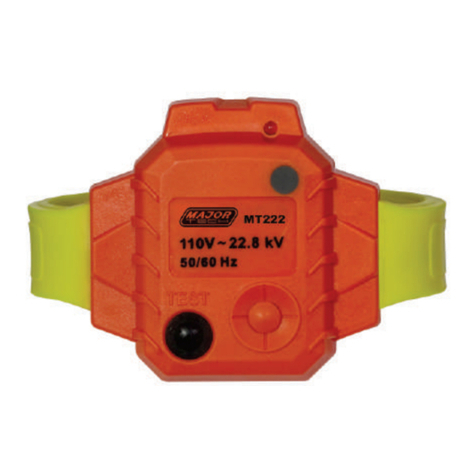
Major tech
Major tech MT222 User manual
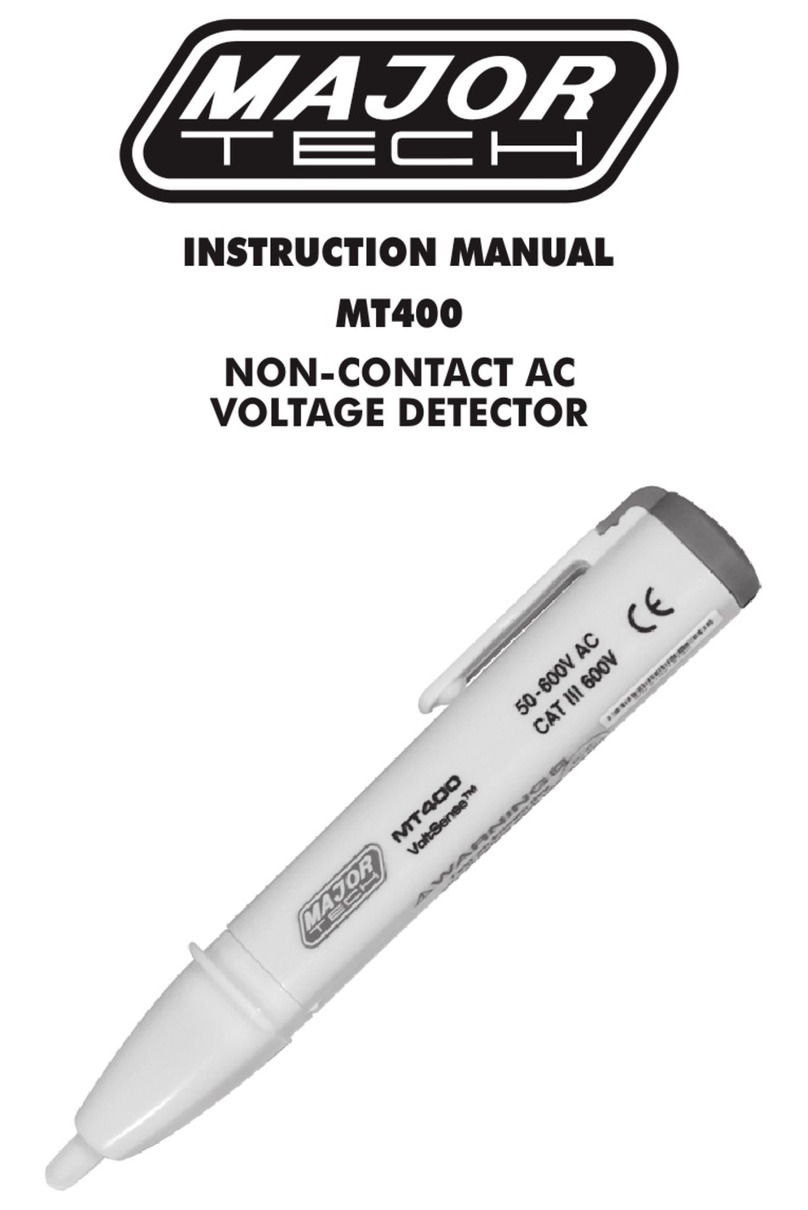
Major tech
Major tech MT400 User manual
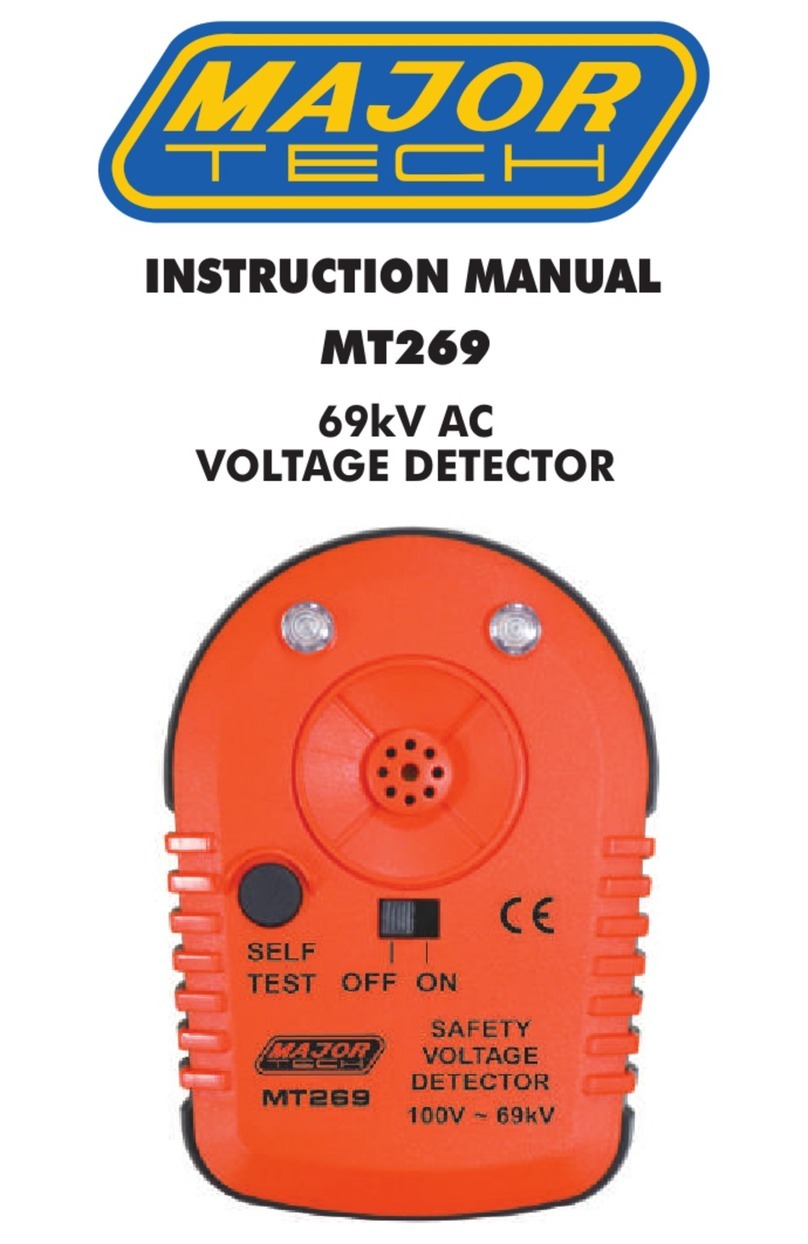
Major tech
Major tech MT269 User manual
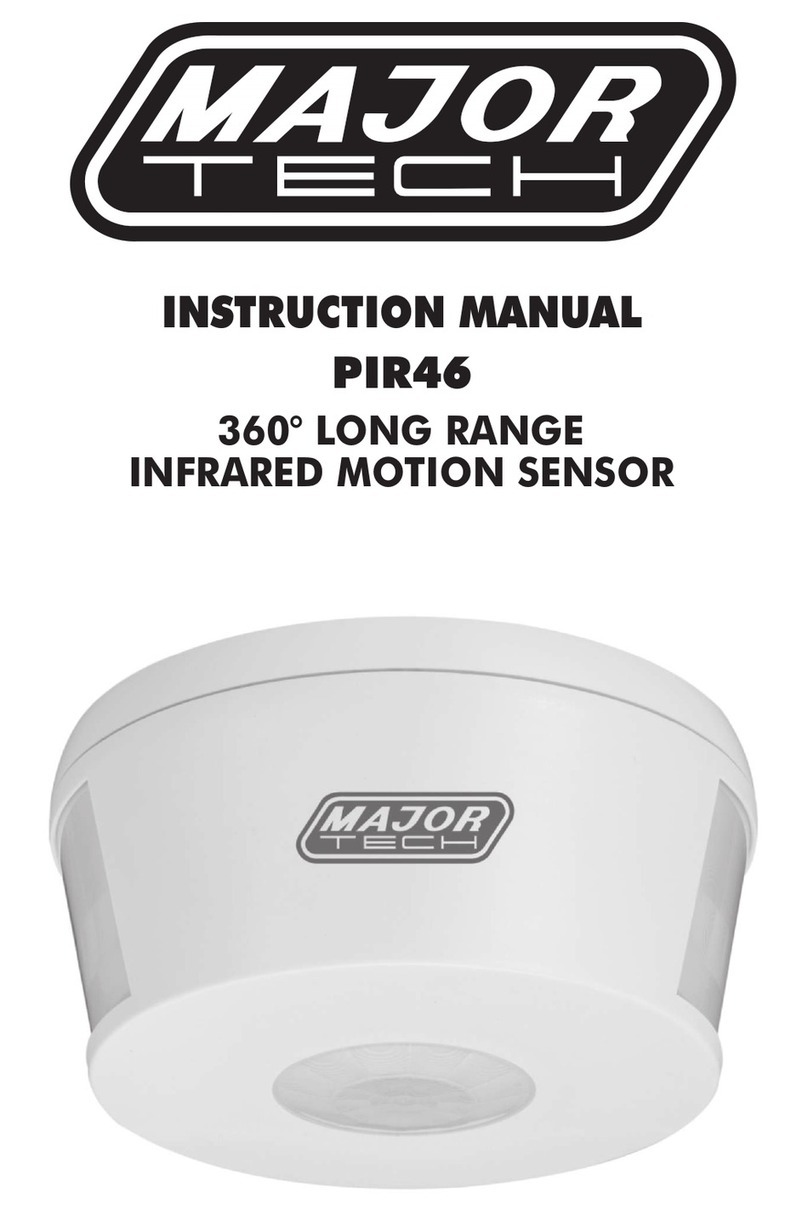
Major tech
Major tech PIR46 User manual
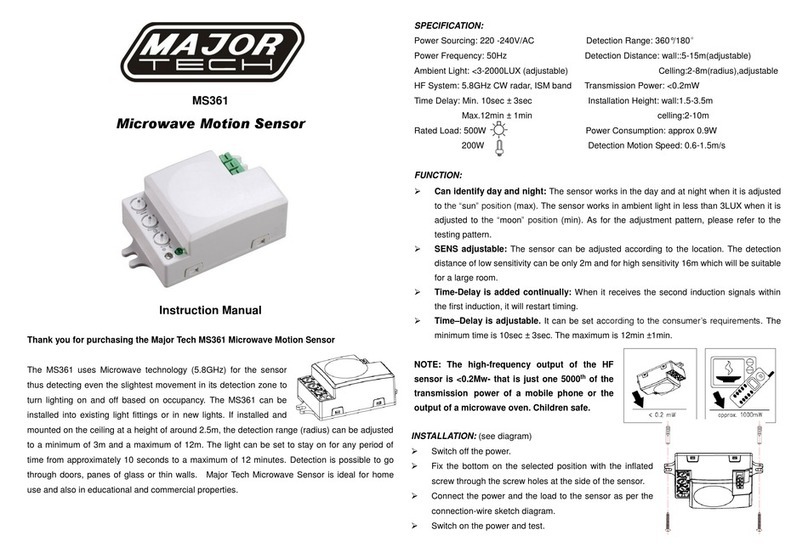
Major tech
Major tech MS361 User manual
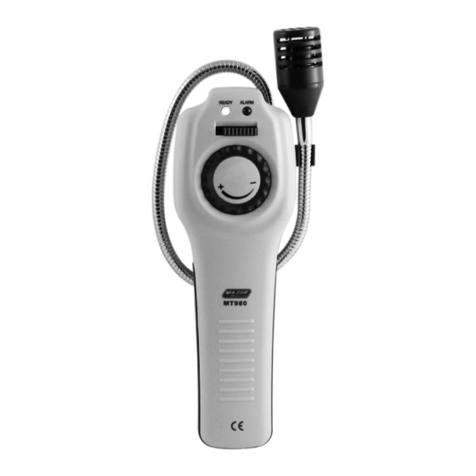
Major tech
Major tech MT980 User manual
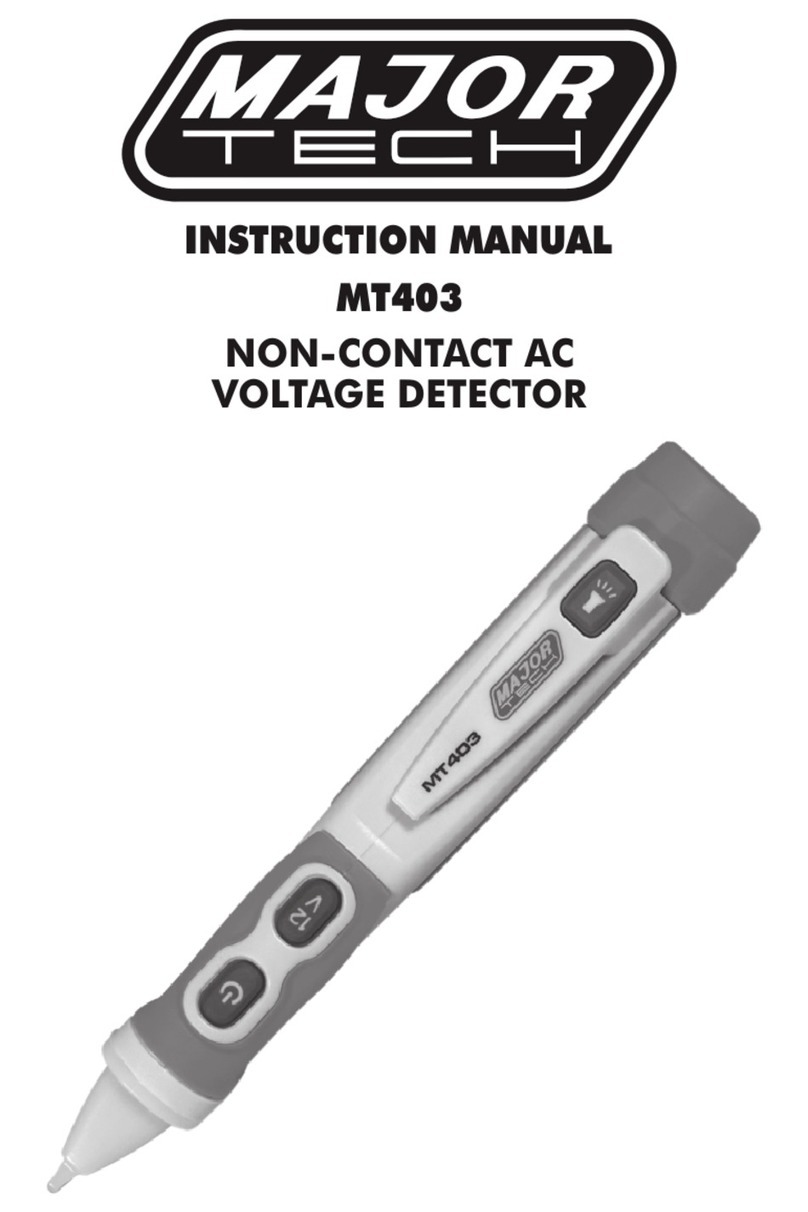
Major tech
Major tech MT403 User manual
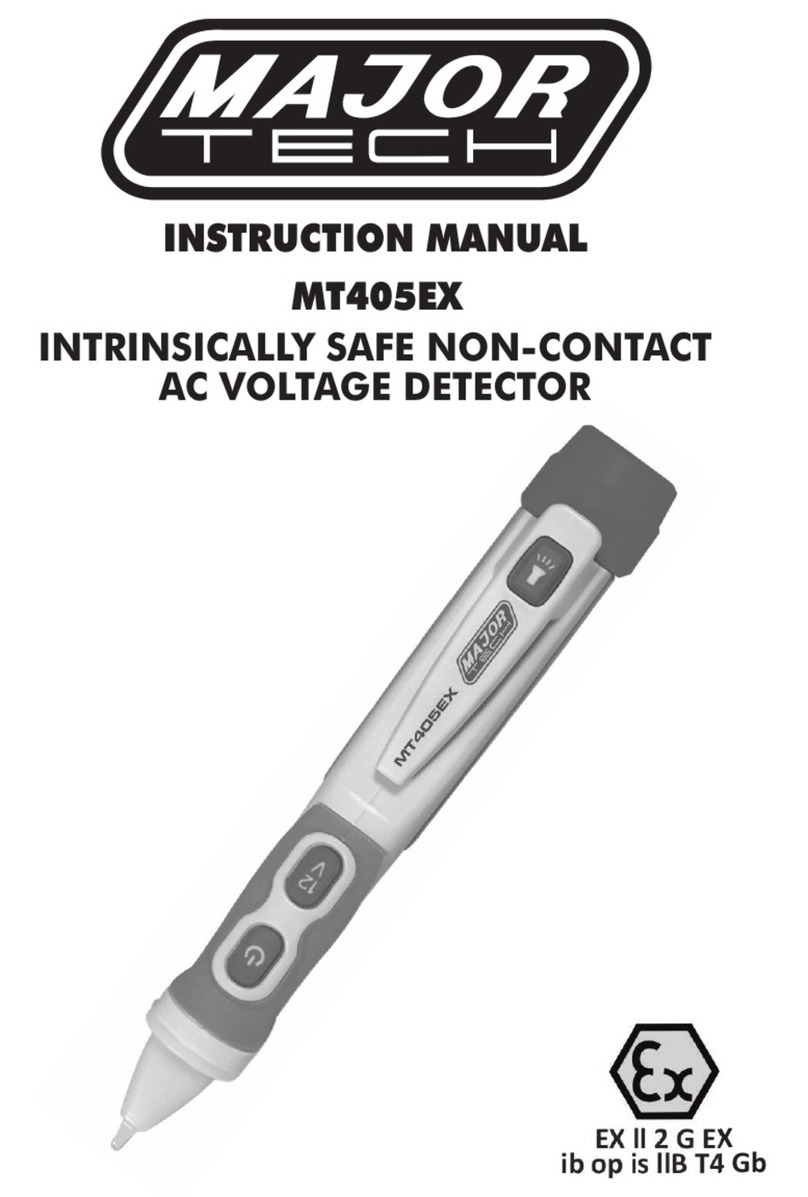
Major tech
Major tech MT405EX User manual
Popular Security Sensor manuals by other brands

Shinko
Shinko SE2EA-1-0-0 instruction manual

Det-Tronics
Det-Tronics X Series instructions

ACR Electronics
ACR Electronics COBHAM RCL-300A Product support manual

TOOLCRAFT
TOOLCRAFT 1712612 operating instructions

Elkron
Elkron IM600 Installation, programming and functions manual

Bosch
Bosch WEU PDO 6 Original instructions



















